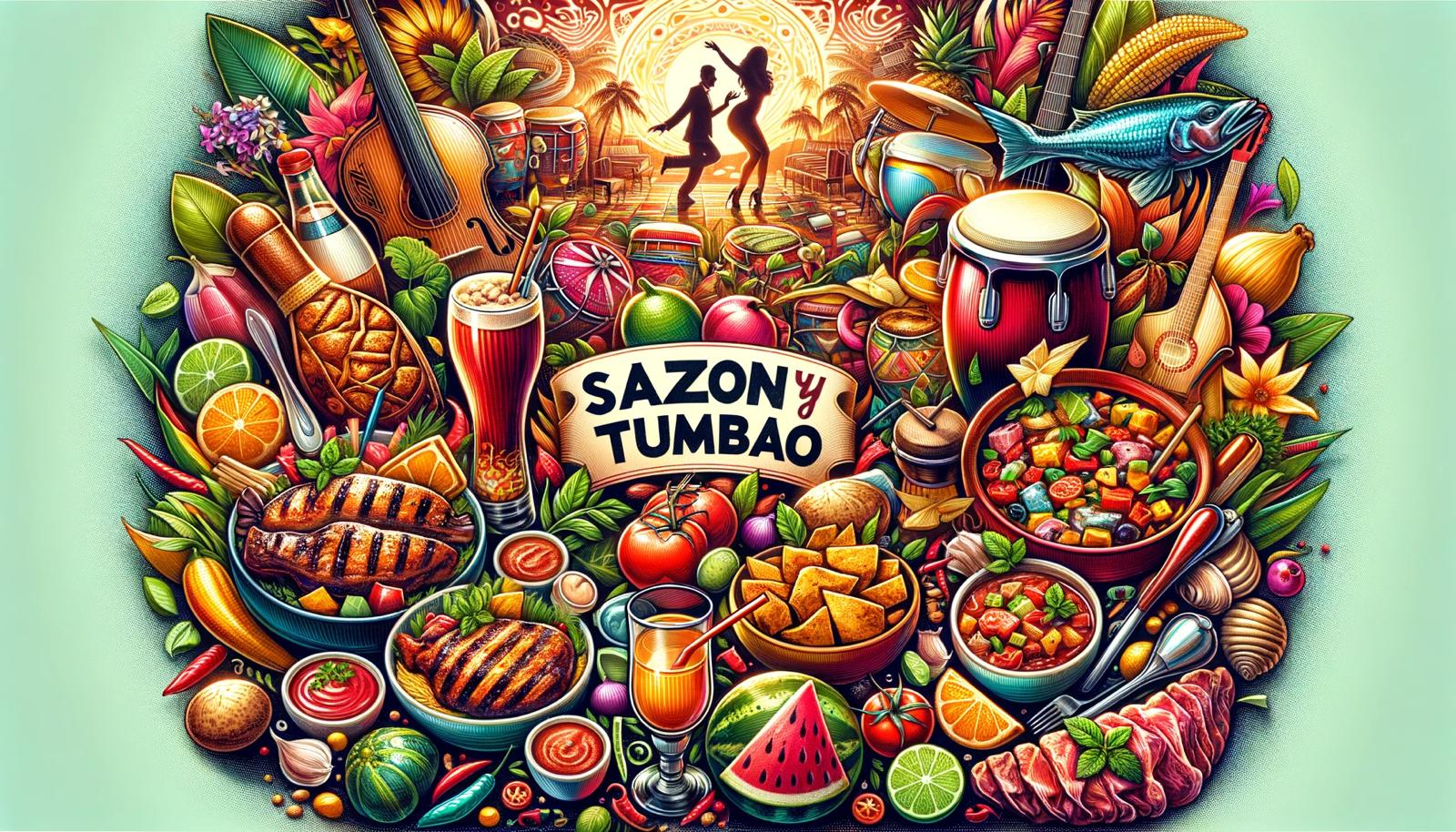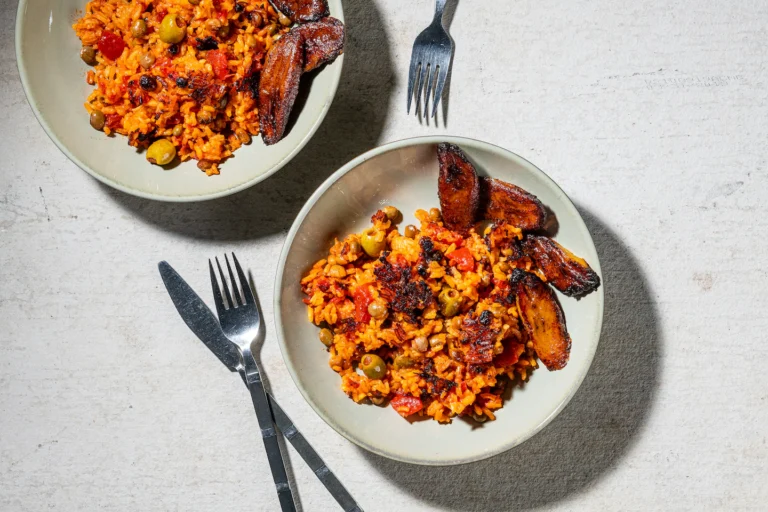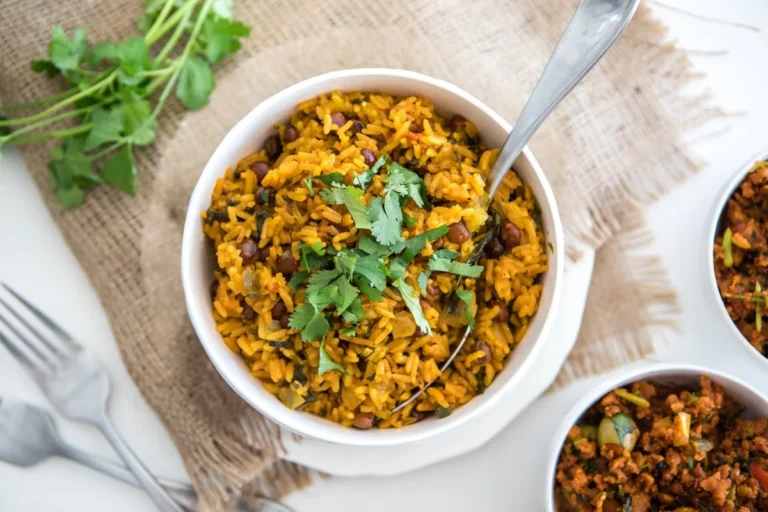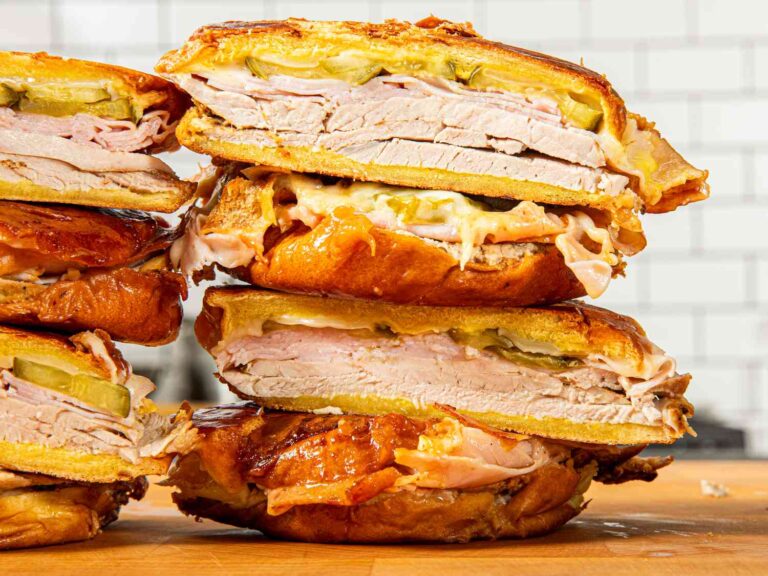Milanesa may have started as a home-cooked comfort dish, but it didn’t take long before it spilled out of kitchens and onto the streets. Across Latin America and beyond, you’ll find milanesa sizzling away on flat-top grills, stuffed into sandwiches, rolled into tacos, or plated up in simple kiosks.
Why? Because milanesa is the perfect street food: easy to prepare, affordable, customizable, and universally loved.

In this article, we explore the rise of Milanesa in street food and how this humble, breaded cutlet has gone global. Whether it’s sandwiched in a bun in Mexico, plated with fries in Argentina, or wrapped in flatbread in Europe, Milanesa in street food reflects the local twist on a crispy, comforting classic loved around the world.
Argentina: Home of the Torta and Milanesa al Pan
Milanesa al Pan: The Ultimate Argentine Sandwich

In Argentina, the Milanesa al Pan is a national treasure. It’s basically a thin, crispy milanesa tucked inside a crusty bread roll with:
• Lettuce
• Tomato
• Mayonnaise or chimichurri
• Occasionally, a slice of ham and cheese
You’ll find these sandwiches everywhere:
• Food trucks
• Corner kiosks
• Outdoor markets
• Soccer stadiums
Why Milanesa in Street Food Is the Perfect

The milanesa sandwich is quick to prepare, portable, and filling—ideal for on-the-go Argentines.
It’s also budget-friendly, making it accessible to everyone.
Mexico: The Reign of the Torta de Milanesa
Mexico’s Unique Spin

In Mexico, milanesa became one of the most iconic torta fillings.
The Torta de Milanesa typically includes:
• A fried beef or chicken milanesa
• Bolillo or telera bread
• Avocado
• Tomato
• Onion
• Refried beans
• Jalapeños
• Mayonnaise
You can find it:
• In small loncherías (lunch spots)
• Food trucks
• Street carts in every major city
Tacos de Milanesa: A Local Secret

While less famous than the torta, many vendors offer milanesa tacos, stuffing crispy cutlets inside corn tortillas with salsa, lettuce, and crema.
Uruguay and Paraguay: Simple, Crispy, and Filling
Milanesa al Pan in Uruguay

In Montevideo and beyond, the milanesa sandwich is king.
Sold in small kiosks and food stalls, it’s served simply:
• Milanesa in a soft bun
• Lettuce, tomato, and mayo
Locals enjoy it as a quick lunch or late-night snack.
Street Milanesa in Paraguay

In Paraguay, milanesa is a common offering in mercados and street stalls.
It’s typically sold as:
• A standalone meal with rice or fries
• A sandwich called milanesa en pan
Chile and Brazil: Regional Variations
Chile’s Filete Empanado on the Streets

In Chile, street vendors often sell filete empanado—their take on milanesa.
It’s served with:
• Rice
• French fries
• Sometimes in a sandwich
It’s a staple in street fairs and lunchtime carts.
Brazil’s Bife à Milanesa

In Brazil, it’s called bife à milanesa and sold everywhere, often alongside:
• Beans and rice
• Fried yuca
• Farofa (toasted cassava flour)
Street vendors offer it as a cheap, hearty meal.
The United States and Beyond: Milanesa Food Trucks
LA and Miami: Latin Street Food Explosion

In cities like Los Angeles, Houston, and Miami, food trucks now serve:
• Torta de milanesa
• Milanesa burgers
• Milanesa plates with rice and beans
These trucks cater to Latin communities and foodies seeking authentic flavors.
Milanesa Festivals and Pop-Ups
Milanesa-themed events and pop-ups have become popular, especially in the U.S. and Spain, celebrating this street food classic.
Why Milanesa Works So Well as Street Food
Affordability and Accessibility

Milanesa is made from simple, inexpensive ingredients:
• Thin meat cutlets
• Flour, eggs, breadcrumbs
• Basic seasonings
This makes it an economical, filling option for vendors and customers alike.
Portability
Whether in a sandwich, taco, or paper plate, milanesa is easy to carry and eat.
Customization
Street vendors can easily adapt milanesa to local tastes:
• Toppings
• Sauces
• Bread choices
It’s a blank canvas that can be dressed up or down.
Street Food and Cultural Identity
More Than Just a Snack
In every country where milanesa has become street food, it represents comfort, tradition, and cultural pride.
It’s not just about grabbing a bite—it’s about sharing a piece of heritage.

Conclusion
Image Suggestion:
Diverse street food stalls across different countries all selling milanesa.
ALT text: Global street food vendors offering milanesa.
From Buenos Aires to Mexico City, from Montevideo to Miami, milanesa has claimed its place in the world’s street food culture.
Its simplicity, affordability, and flavor make it an irresistible choice, wherever you are.
So next time you pass by a street food cart, keep an eye out—you might just find a crispy, juicy milanesa waiting for you.







